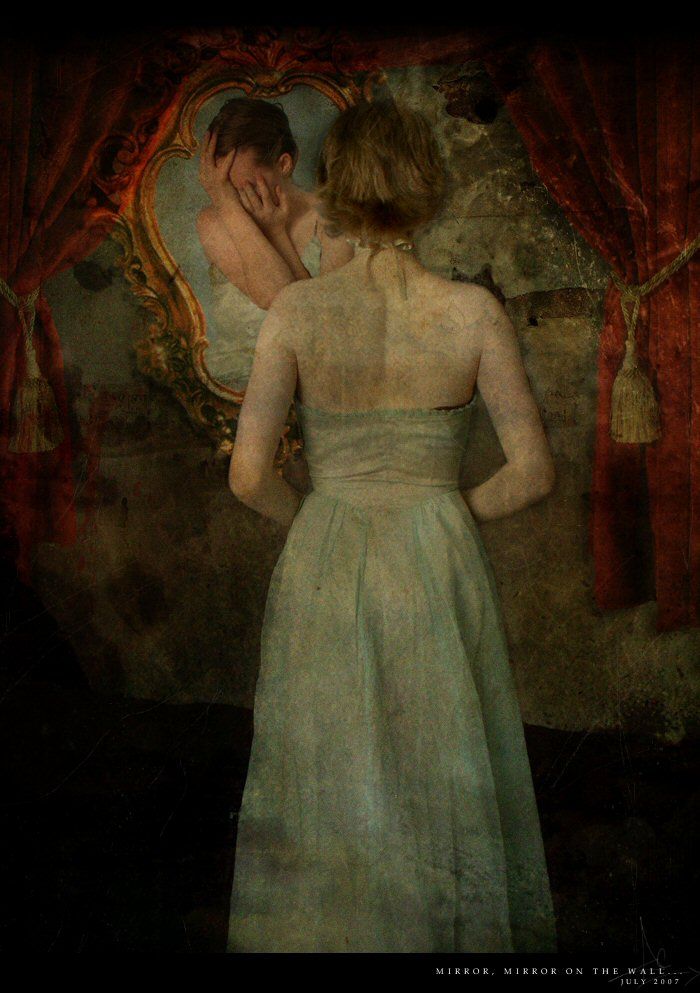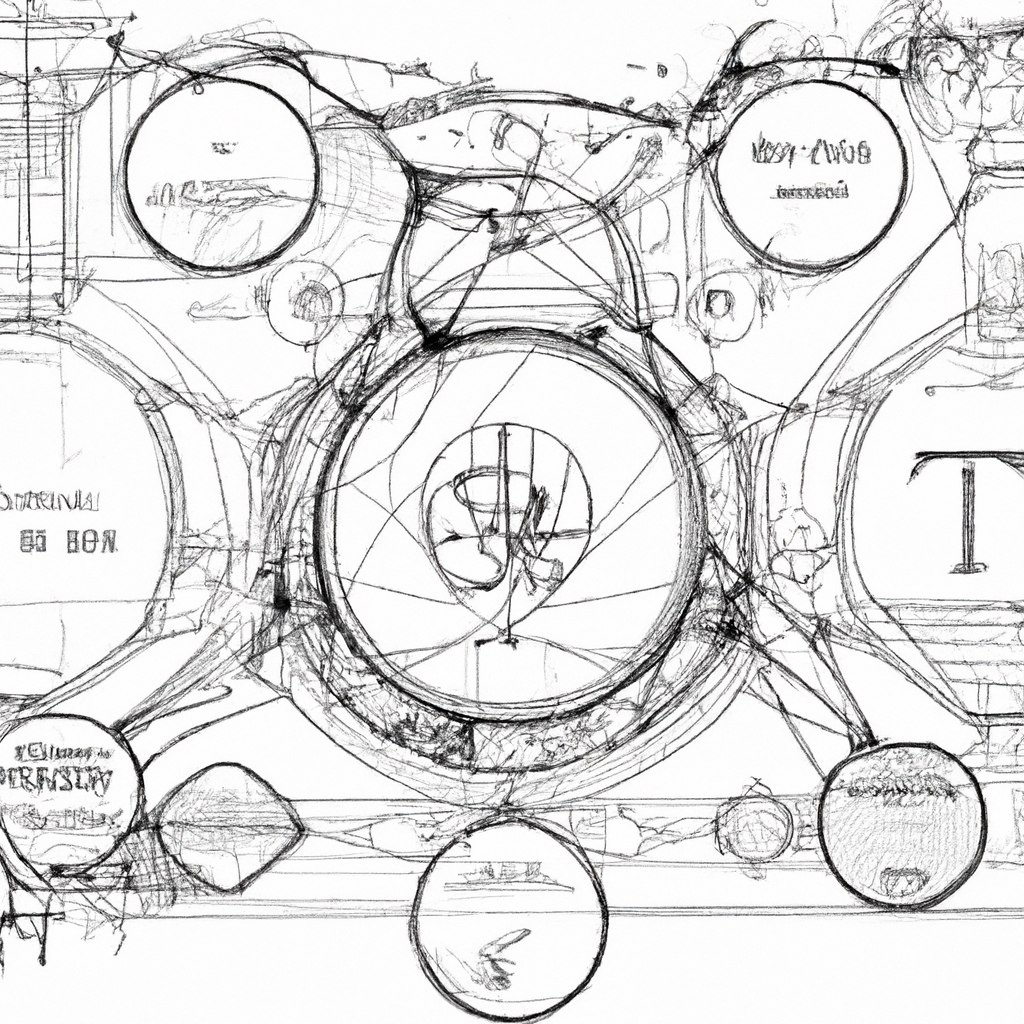mirror
"It mainly functioned by using leylines as communication pathways, sending an image of whoever was in front of the mirror to whichever was hooked up at the time. There was apparently a great deal of trial and error, but eventually it was perfected down to the owner of the mirror."
Utility
History
Manufacturing
At its core, a mirror consists of four elements:
The ensorcelled glass
The surface of the mirror was specially treated with alchemical solutions, and was originally etched with a border of sigils which glowed when the mirror was in operation. These were improved upon to the point where etching was no longer necessary, and even the sigils themselves were miniaturized to form a single line around the frame.
the central plate
Specially designed by magical artisans, this thin sheet of orihalcum was engraved with a complex pattern of a magic circle/seal (see right).
the frame
While initially these mirrors were massive, sometimes up to seven feet tall and three feet wide, the more common ones later on were tabletop sized, approximately twelve inches by nine inches. These had many types of frames, but the two most common were a tabletop version with a fold-over frame cover made of thin slats and an easel-like support, and a wall-mounted version with either a sliding cover or folding doors. Both frequently had a drawer for writing implements and paper.
Much smaller frames looked like makeup compact mirrors, often with decorative covers.
and the iron.
Cold-forged iron was a necessity for restricting access to mirrors during certain times, such as when guests arrived, or at night. Initially this was done with large bars that would slide out from the frame such that the iron was touching the glass. Soon these became decorative, often taking the shape of a noble's crest or patron animal. Later, small, rounded pieces of cold iron were incorporated into the frame covers as an optional flap or on a switch, such that the iron could be engaged without opening the shutters. Not long after this, a timing system was developed so that mirrors weren't left "off" accidentally.
Compact frames also had cold iron incorporated into the frames, often as part of the decoration.
Social Impact
Immense. Essentially gave video calling to 9th century royalty, 10th century nobility, 11th century merchants, etc. Revolutionized commerce, industry, diplomacy, technology, etc., eventually bringing mass unrest and uprisings in the 13th and 14th centuries.

Mirror, Mirror, On the Wall... (July 2007) by Ardy Cardy
Access & Availability
The availability of magic mirrors has varied over time, from extremely rare to common to antique curiosity.
Complexity
Simple to use, complex to manufacture.
Discovery
"They were first developed in Egypt during the Ptolemaic Era, but the method of their production was rediscovered by Francis Milgramme of Denmark in 819... Essentially, Milgramme was researching ancient artisanal practices - that is, crafting techniques, specifically relating to the forging of tokens and amulets. According to the legend, he knocked over a lectern and it broke open, and out popped the Investigatione Vitrum formula, or 'Searching Glass' formula. Lost for centuries in a lectern drawer!"




Comments